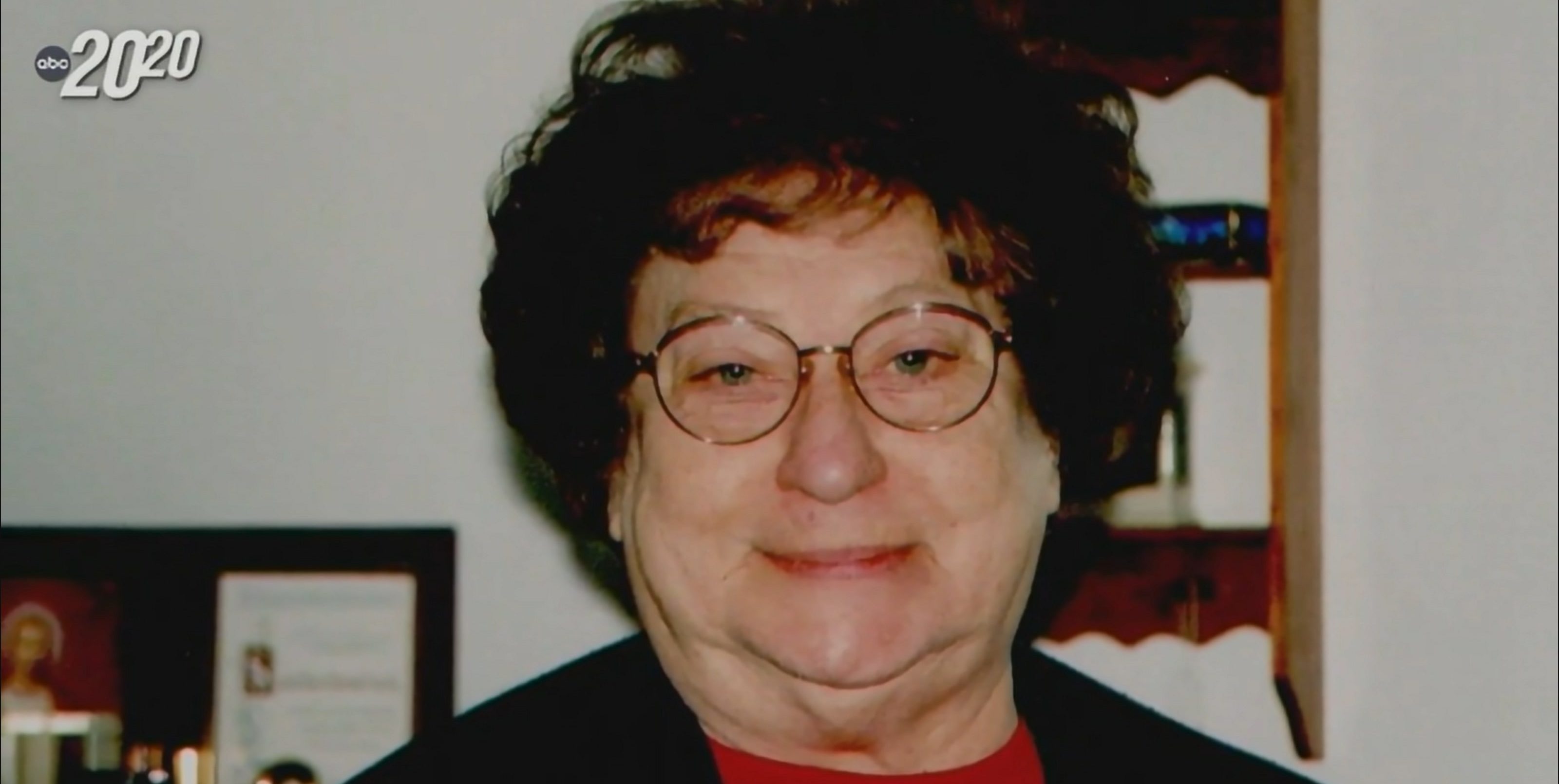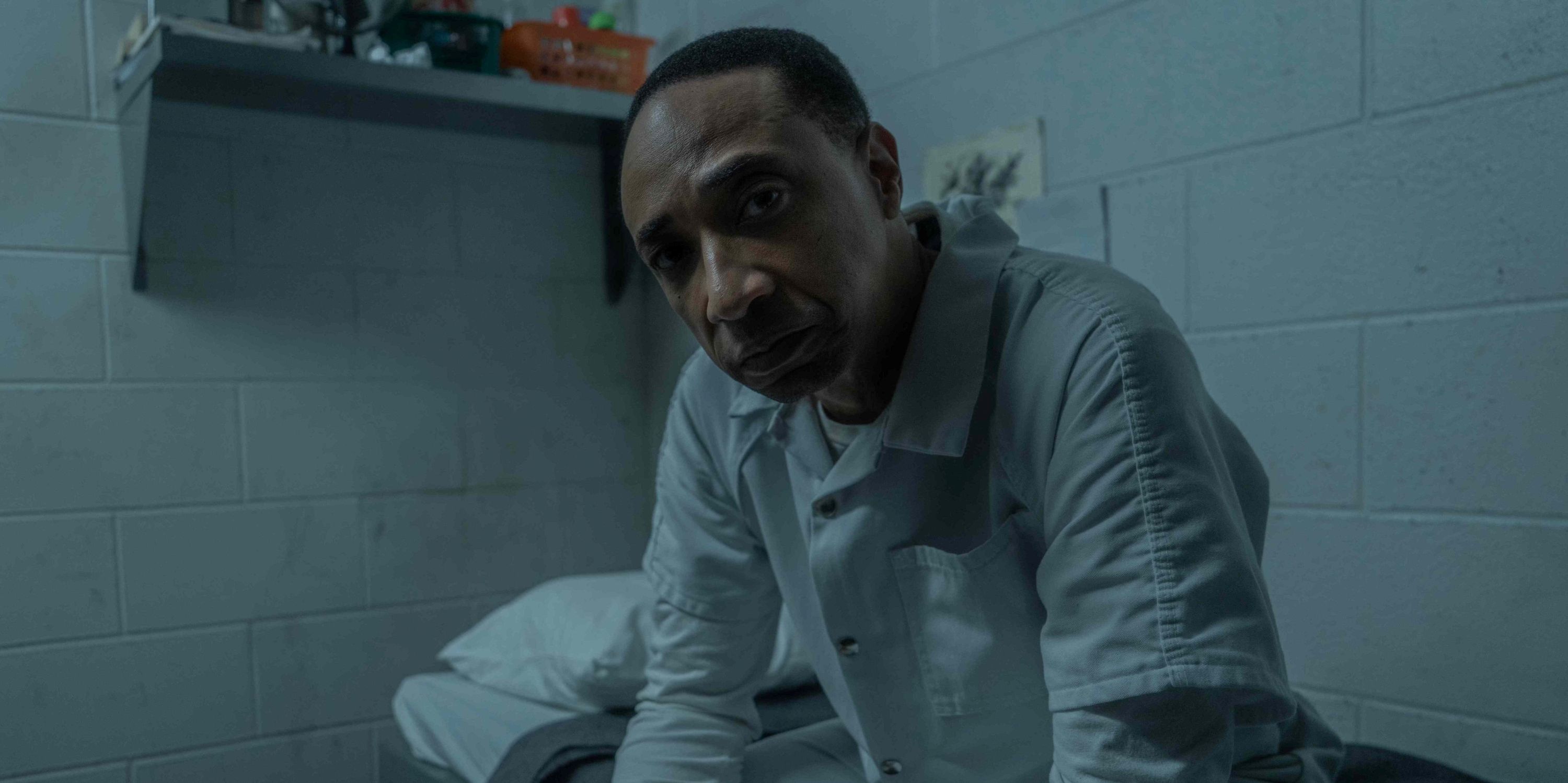Paramount+’s ‘Happy Face‘ dives into the exploits of Melissa Reed and her incarcerated father, Keith Jesperson, who is the Happy Face Killer. When Melissa’s life is upturned due to a new murder confession by her estranged dad, she must find the real reasons behind his coming out and whether there is any validity behind the claim. Matters get further complicated when a wrongfully convicted man’s life is put on the line as Melissa and her work colleague, Ivy, try to figure out the details of the case in time. The man in question, Elijah, has been imprisoned for decades because he is suspected of killing his friend Heather. However, when Keith comes forward as the real killer, the entire fabric of the case is brought into question as Melissa tries to figure out how to save Elijah in the process.
Elijah is a Fictional Convict With Some Connections to Reality
While ‘Happy Face’ mostly adheres to the true life experiences of Melissa Moore, the real-life daughter of Keith Jesperson, AKA the Happy Face Killer, the show constructs fictional plotlines and events that are either entirely original or vaguely resemble historical facts. The blend between both can make it difficult to pinpoint where real life ends and fiction begins. To that end, the entire storyline with Heather’s murder and Elijah is a fictional fabrication by the show’s creator, Jennifer Cacicio. Neither Heather nor Elijah exist in reality. However, it is likely that the creative team has combined some parts of reality into their story. For example, Jesperson’s first victim, Taunja Bennett, was, at first, believed to have been killed by Laverne Pavlinac and John Sosnovske. Elijah resembles the latter, albeit in a very distant way.

In reality, Bennett, who was raped and murdered in 1990, was killed by Keith Jesperson. However, Pavlinac, a local woman, stated that she aided her partner Sosnovske in killing Bennett. She later claimed that she falsified her confession because Sosnovoske was allegedly abusing her. The entire thing was allegedly an attempt at revenge against Sosnovoske. In the end, Pavlinac and Sosnovoske were charged with murder and sentenced to life in prison. It was not until much later that authorities were able to determine Jesperson’s part in Bennett’s murder and figure out whether Pavlinac and Sosnovoske were wrongfully convicted. Thus, it is possible that the writers behind the series based Heather and Elijah’s story on the real-life mix-up behind Taunja Bennett’s murder.
While there is a thin connective tissue between the cases, Elijah is still a separate character from Sosnovoske and Pavlinac. Both Heather and Elijah come from music backgrounds, whereas most of Jesperson’s real-life victims were sex workers. The differences between them are evident even though the minor similarities help ground Elijah’s experiences in some form of reality. It showcases the complexities of the judicial system and how wrongful convictions can have a long-lasting effect on a person and community as a whole. In some ways, Elijah has accepted his punishment despite the fact that he has maintained his innocence for decades. However, after such a prolonged period, his life is nearly at an end, which compounds the tragedy. He plays a prominent role throughout the series, even if he remains fictional in conception.
Read More: Happy Face: Is Ivy Based on a Real Producer?


